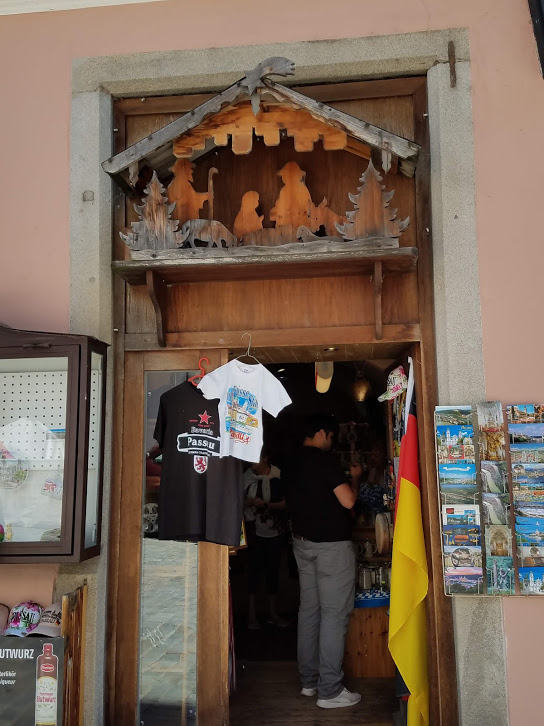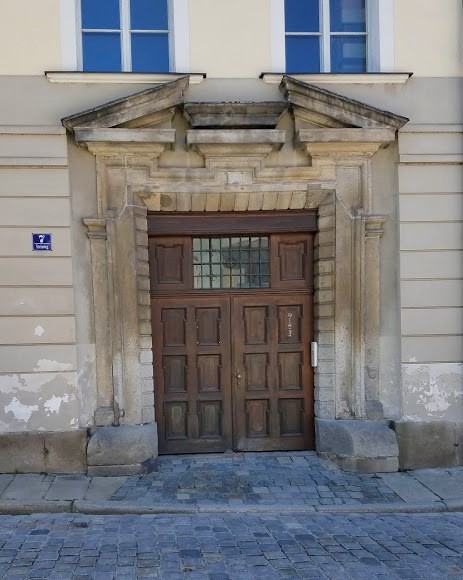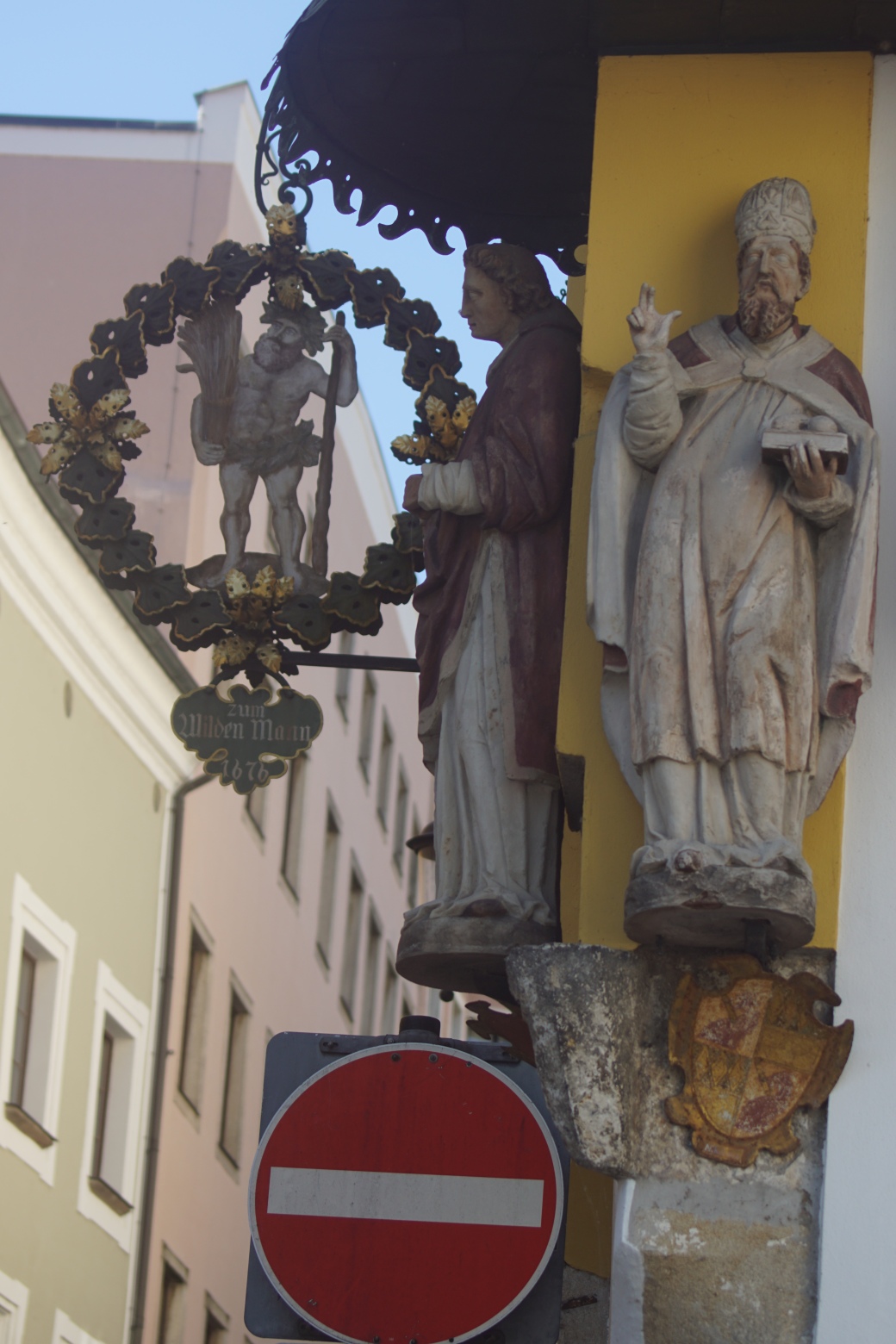Amy at Lens-Artists has as her theme for this week’s challenge: river.
Starting out close to home, here is the Des Plaines River during a November walk on the Des Plaines River Trail. This is a very pretty stretch of the slow-moving river, but it is responsible for many floods in the cities along its banks due to heavy rain.

The Des Plaines River, which gave the suburban city that was my home for over 30 years its name, flows 133 miles southward from southern Wisconsin to south of Joliet, Illinois, where it joins the Kankakee River and becomes part of the Illinois River. Contrary to popular opinion, Des Plaines, a French name, does not mean “of the plains.” It actually refers to either the sycamore or the maple tree, which resembles the European plane tree, and was named by French traders in the 18th century.
The Chicago River is prominently featured in many photos of downtown Chicago and can be viewed from any of the bridges on main thoroughfares of the city. This photo was taken at Michigan and Wacker near the site of the original Fort Dearborn.

Chicago celebrates its river by dying it Kelly green every St. Patrick’s Day (although they didn’t do that this year – celebrations were canceled due to the coronavirus pandemic), by constructing a pleasant river walk lined with eateries, which is still under construction, and opening a River Museum that tells the story of the Chicago River and offers nice views of the river from its windows. The river is most famous for an engineering feat undertaken at the turn of the 20th century: the main stem of the river’s flow was reversed so that it now flows out of Lake Michigan, through a system of locks. This increased the volume of the river, which now empties into the Chicago Sanitary and Ship Canal.
The Colorado River is the most iconic and important river in southwestern United States. It is responsible for carving some of the most beautiful scenery of the west, including the Grand Canyon and others preserved in 11 national parks. This photo was taken at the Grand Canyon and is strangely the only photo I have of the river!
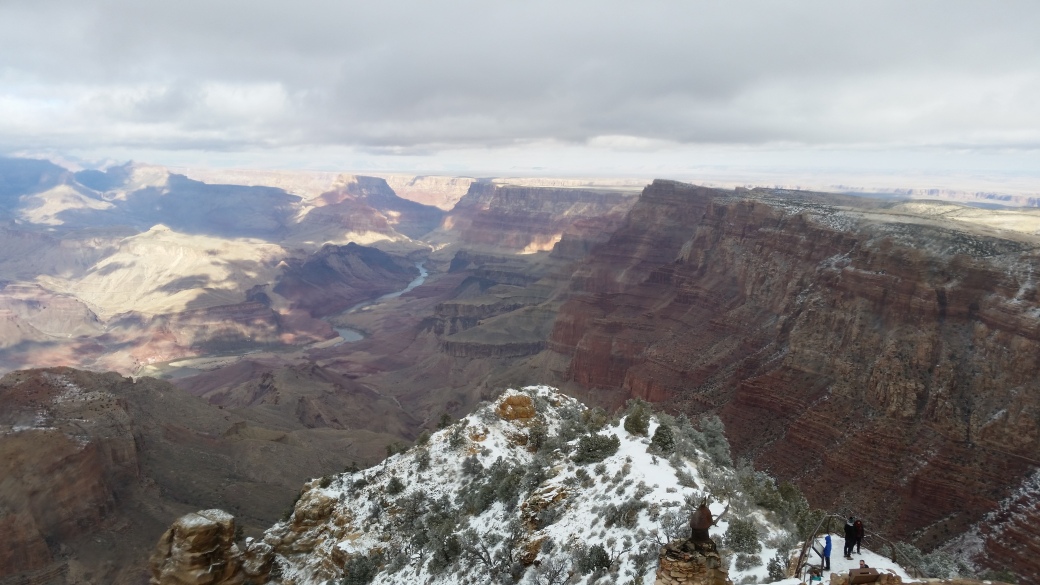
The Colorado River starts in the Rocky Mountains of Colorado and meanders southward 1,450 miles to the Gulf of California. The river and its tributaries provide water for 40 million people in the Southwest. Native Americans have occupied the Colorado Basin for at least 8,000 years and the culture of the region is strongly influenced by their presence. The Desert View Watchtower, from where the above photo was taken, was designed by Mary Colter who took inspiration from the native peoples that inhabited and continue to dwell in the region. Below is the Watchtower from the inside and outside.
No tour of American rivers would be complete without the Mighty Mississippi! Below are two photos of the river just north of St. Louis on the Illinois side of the border. It was nearly sunset when we got to this spot.

A view of a couple of the bridges across the Mississippi at that spot

Flowing southward 2,320 miles from its origin near Lake Itasca, Minnesota, it is the second longest river in North America. With its many tributaries, the Mississippi watershed drains 32 American states and 2 Canadian provinces. Native Americans have lived along this river for thousands of years, including the mound builders who are now thought to have been one of the major ancient civilizations in the Americas. The region along which it passes is very fertile and it is now a common riverboat cruise vacation, inspired by the steamboats that have plied its waters for the last two centuries, as well as other riverboats carrying cargo, animals and people as a main form of transportation.
Jumping to another continent, Africa is home to the longest river in the world, the Nile. The Nile was at the center of the ancient Egyptian civilization, which grew up along its banks where the land was fertile. The ancient Egyptians depended on its annual inundation, which no longer occurs due to dams, especially the High Dam of Aswan.

Sunset on the Nile:

Fishermen on the Nile
The Nile originates south of the equator and flows northward 4,132 miles to empty into the Mediterranean Sea. The ancient Egyptians called the river Ar or Aur, meaning “black” due to the color of the mud created by the sediments when it was flooded. Because of the direction of flow from south to north, the ancient Egyptians referred to their southern territory as “Upper Egypt” and the northern territory and the Delta “Lower Egypt.”
The most famous river in the Bible is the Jordan River. Many songs and prayers refer to it and today many pilgrims go to the river to be baptized.
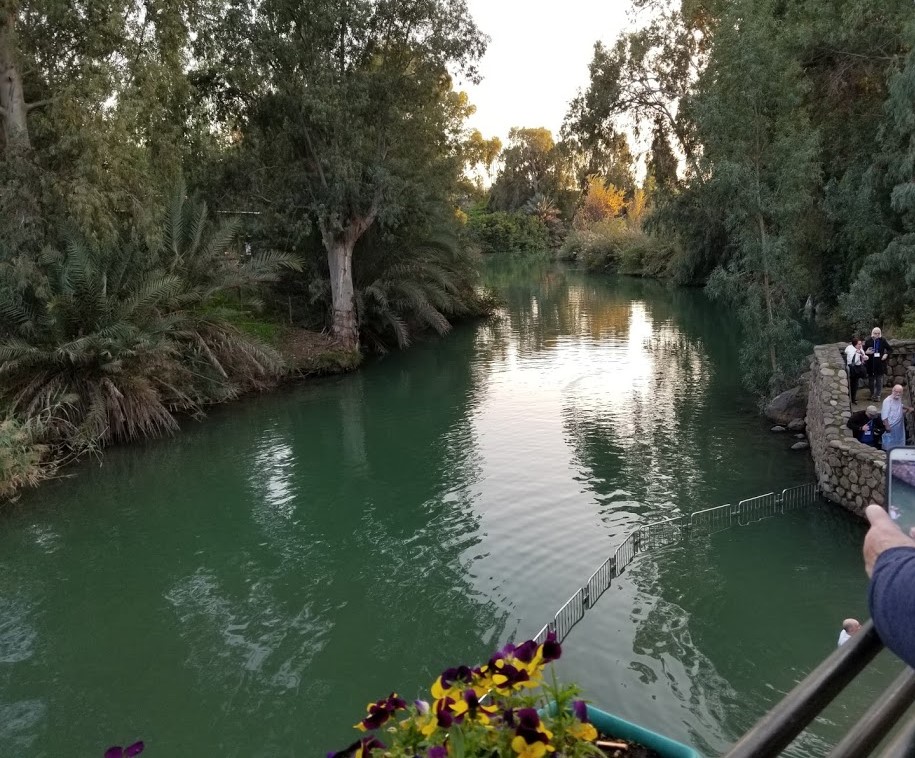
A friend about to be baptized at Yardenit Baptismal Center

The Jordan River connects the Sea of Galilee and the Dead Sea. 156 miles long, it runs north to south along the border between Jordan, the Palestinian West Bank, Israel and Southwestern Syria.
Another river in Israel is the Dan. The Dan River originates in Israel and is the largest of the three principal tributaries of the Jordan River. The Dan River flows from Tel Dan, the site of the biblical city of Dan (Laish). The river is fed by the rains and snowmelt that pass through the rock of Mount Hermon and emerge at its foot to form hundreds of springs.
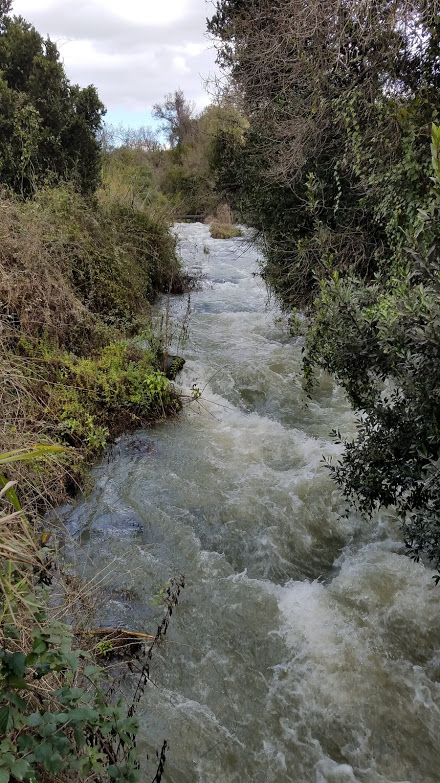
The Tel Dan Nature Reserve has hiking trails and encompasses the ruins of Tel Dan.
Last summer we took a river cruise in Europe, on the Rhine, Main and Danube Rivers.
Cruises on the Rhine River are popular, because one can view a series of medieval castles rising on the hills along its banks, as well as sample a variety of wines grown in its vineyards that cover the hillsides. This photo was taken from Marksburg Castle in Germany.

Wine growing and castles are beautiful scenery on the Rhine.
The Rhine is the second longest river in central/west Europe, about 760 miles (1,230 km) long. It originates in the Swiss Alps and flows north to empty into the North Sea. The Rhine and Danube rivers comprised most of the northern inland frontier of the Roman Empire.
Through a series of locks, a river cruise travels from the Rhine into the Main River and then into the Danube. The Main River is located entirely within Germany.

We went through a series of locks.
The Main River is 326 miles (525 km) long, the longest tributary of the Rhine. Major cities along the Main include Frankfurt and Würzburg.
The Danube River is the second longest river in Europe (longest is the Volga) and flows through 10 countries, more than any other river in the world.


The Danube, called Donau in German, flows 1,770 miles (2,580 km) southeast, originating in the Black Forest of Germany and emptying into the Black Sea. Four national capitals are located along the river: Vienna, Bratislava, Budapest, and Belgrade.
A tributary of the Danube is the Inn River which flows through Switzerland, Austria and southern Germany.
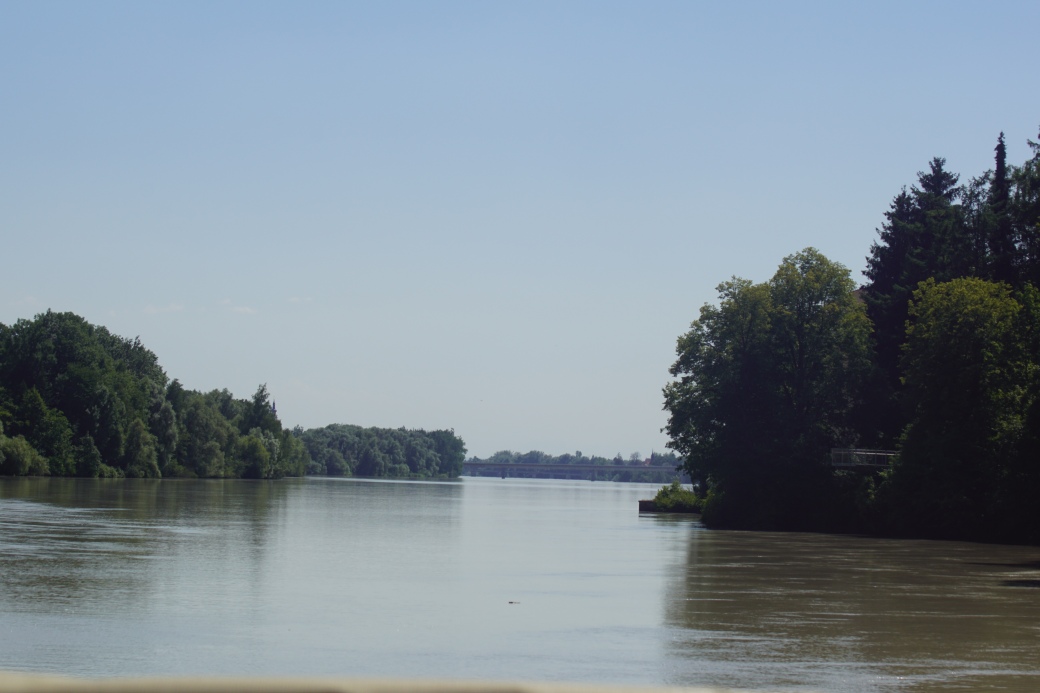
Ducks on the Inn River at Schärding, Austria

The Inn is 322 miles (518 km) long and forms part of the Austria-Germany border at Passau. There is a coin-sized marker on this bridge, indicating the border: on the left is Germany, on the right is Austria.







































 Schönbrunn Palace and its gardens were recognized by the UNESCO World Heritage Foundation in 1996 as a remarkable Baroque estate. Many beautiful white marble statues flank its gardens; I posted a few of these a couple of weeks ago for
Schönbrunn Palace and its gardens were recognized by the UNESCO World Heritage Foundation in 1996 as a remarkable Baroque estate. Many beautiful white marble statues flank its gardens; I posted a few of these a couple of weeks ago for 




 Frescoes in the library were painted by Paul Troger, distinguished by their pastel colors and dramatic sense of movement. We could not take photos inside the abbey but I took many of the exterior, with its views of the town and beautiful gardens.
Frescoes in the library were painted by Paul Troger, distinguished by their pastel colors and dramatic sense of movement. We could not take photos inside the abbey but I took many of the exterior, with its views of the town and beautiful gardens.






















































































































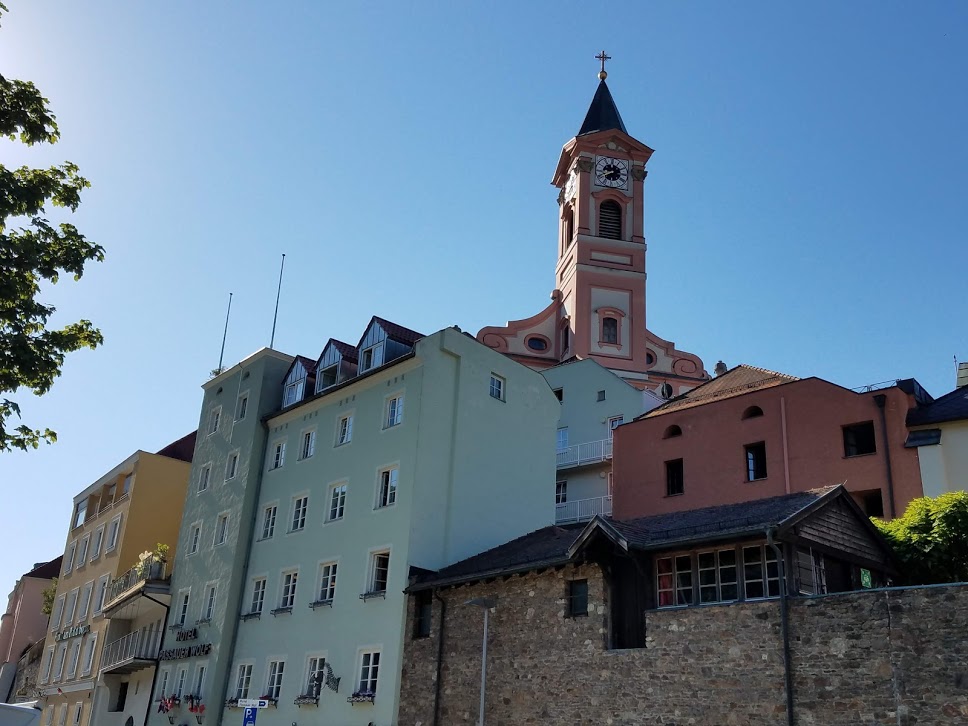
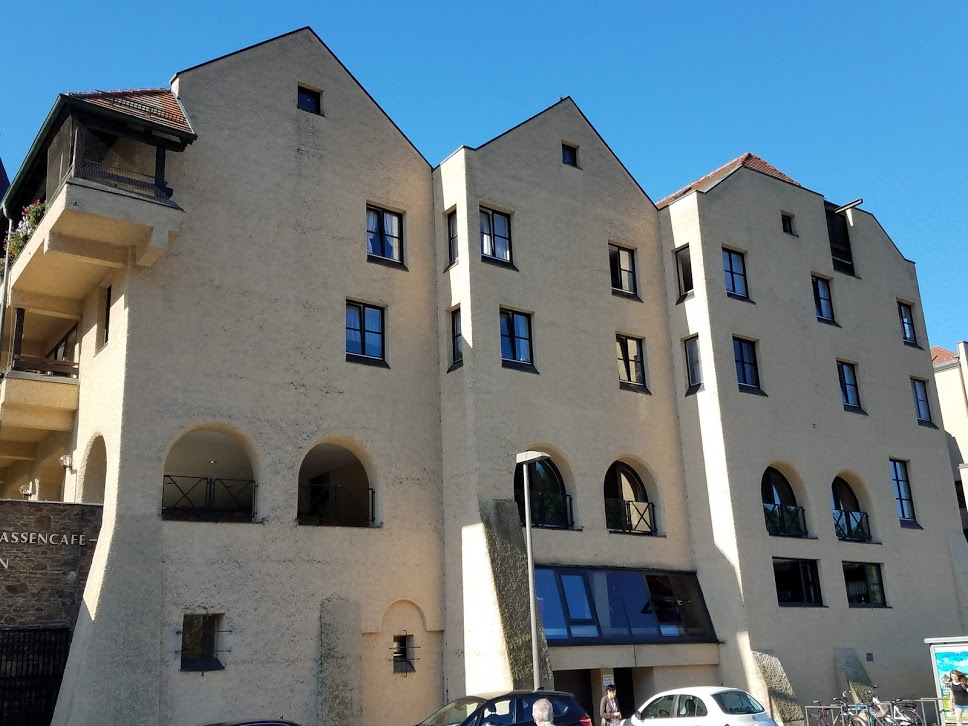


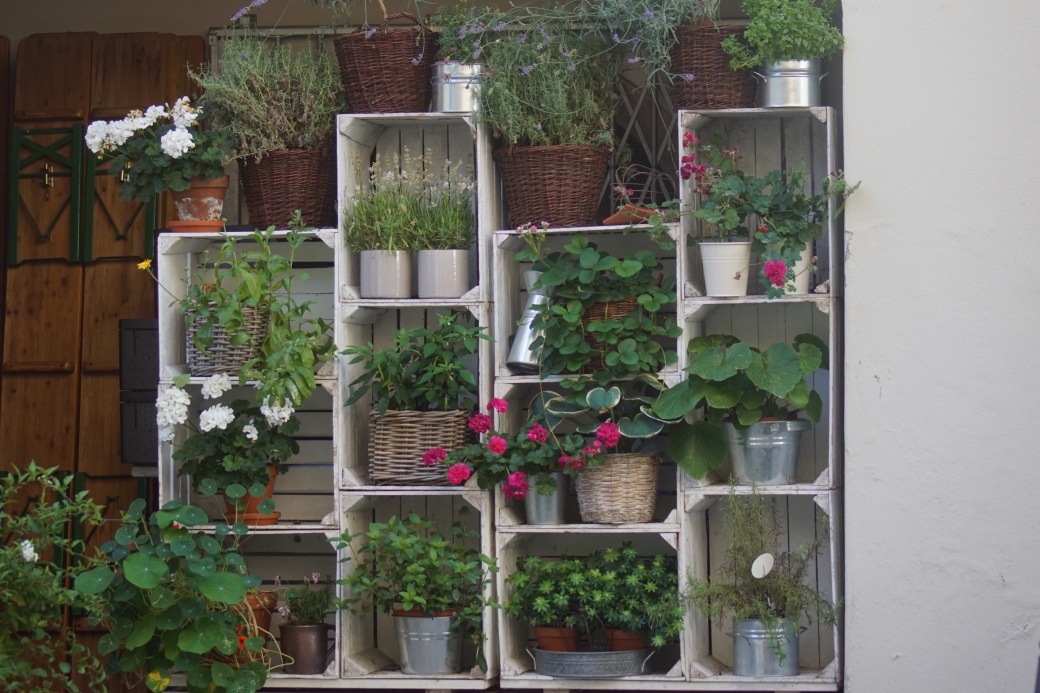



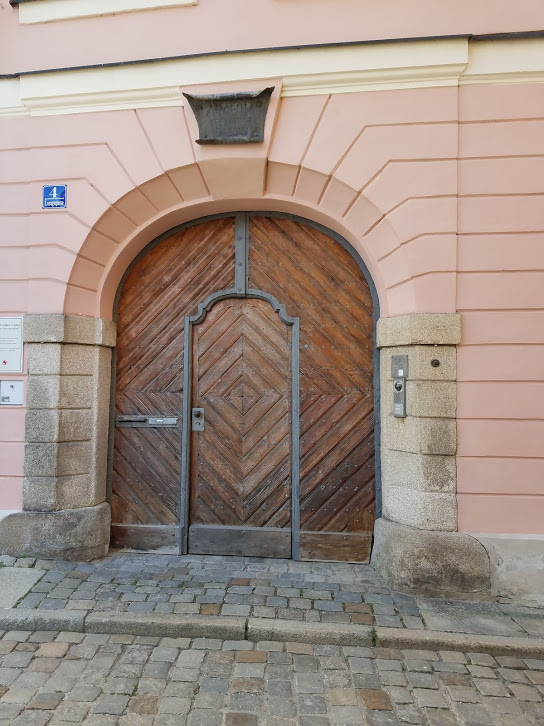

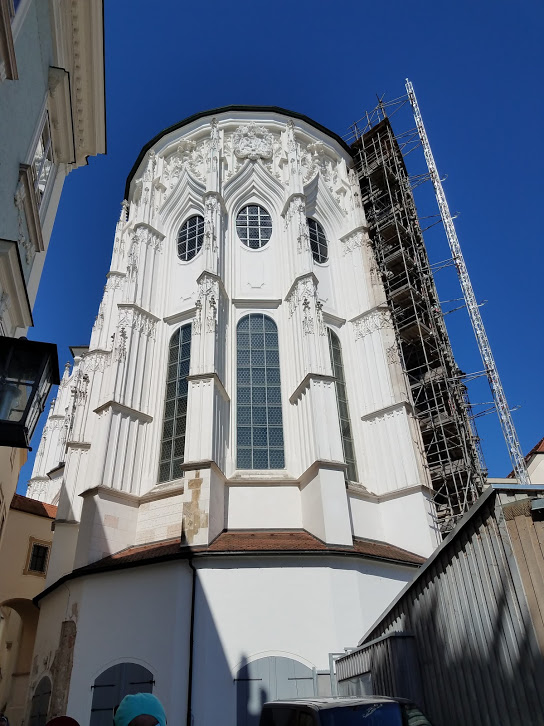
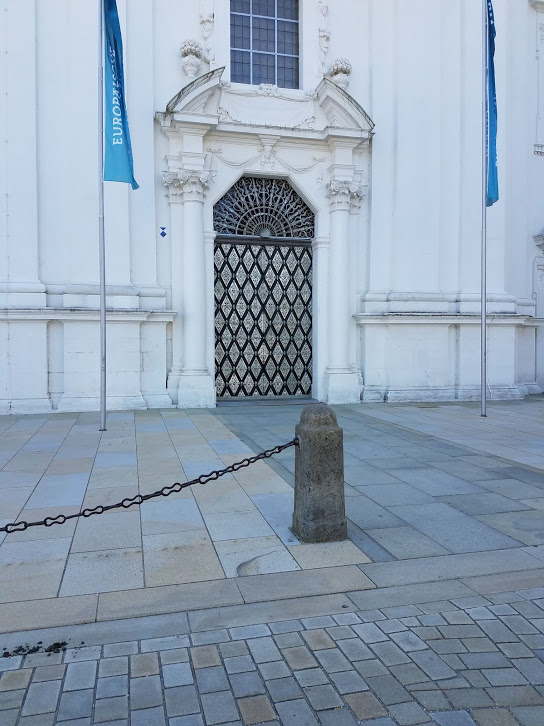
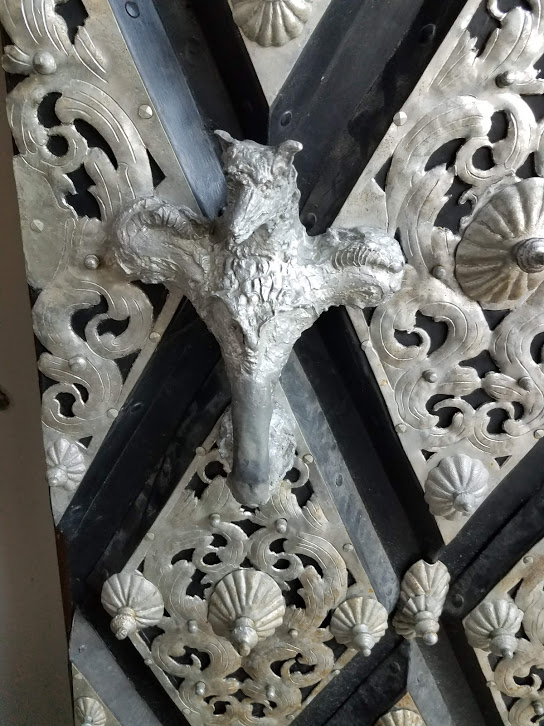
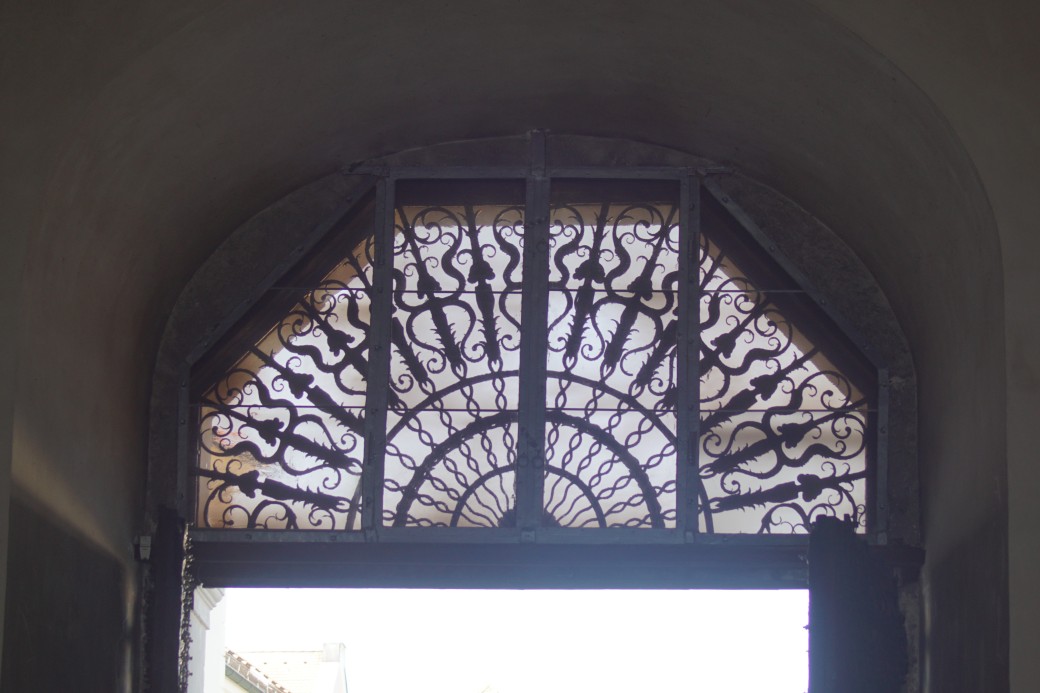
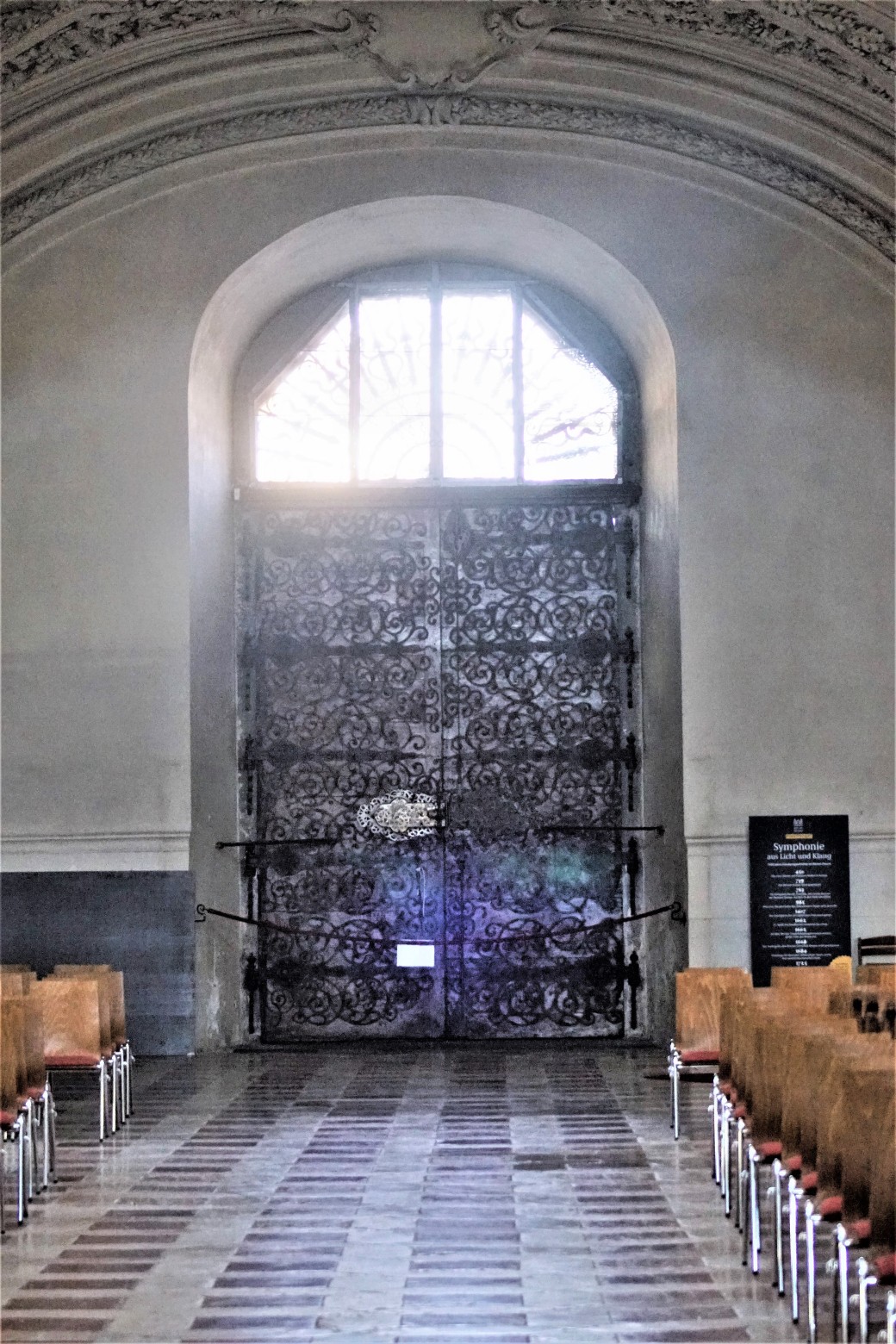
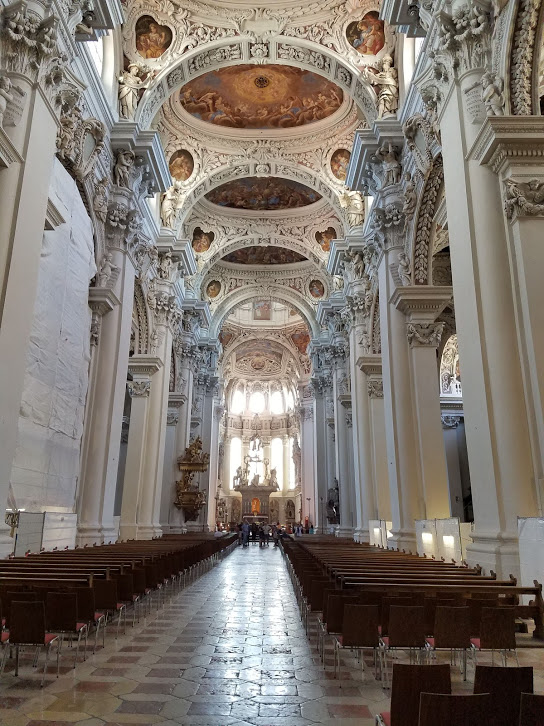

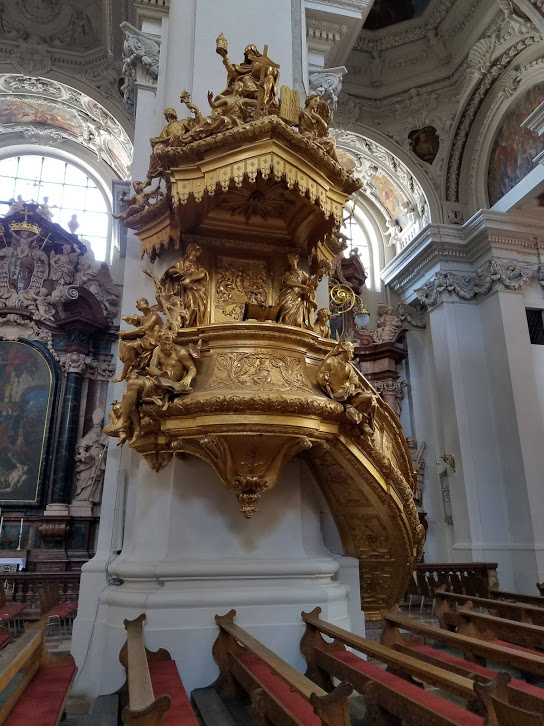
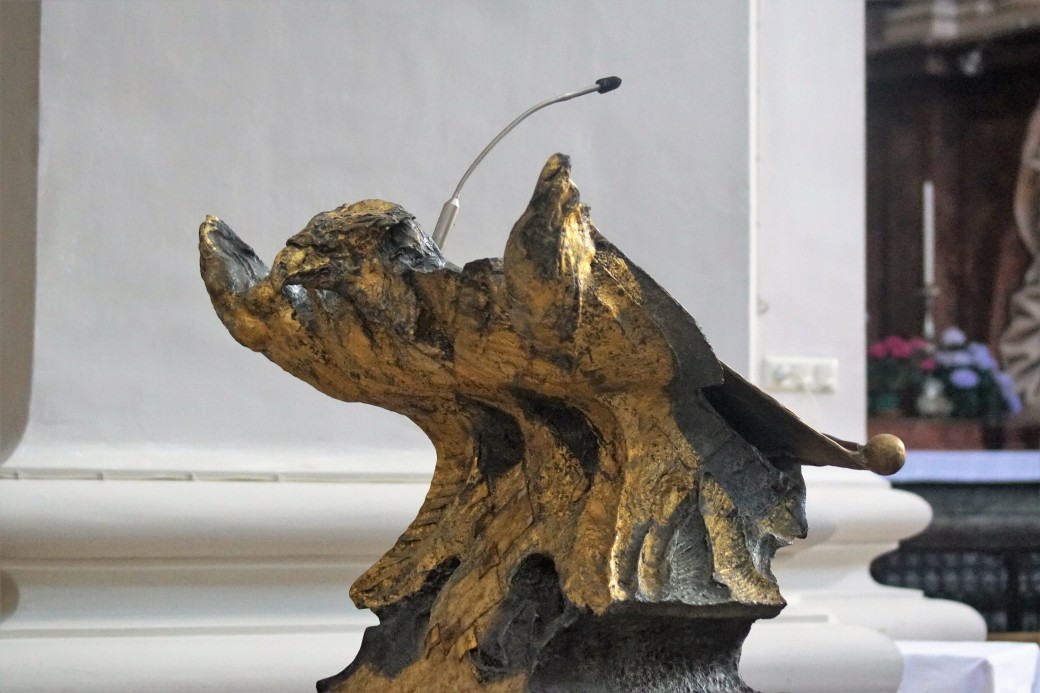










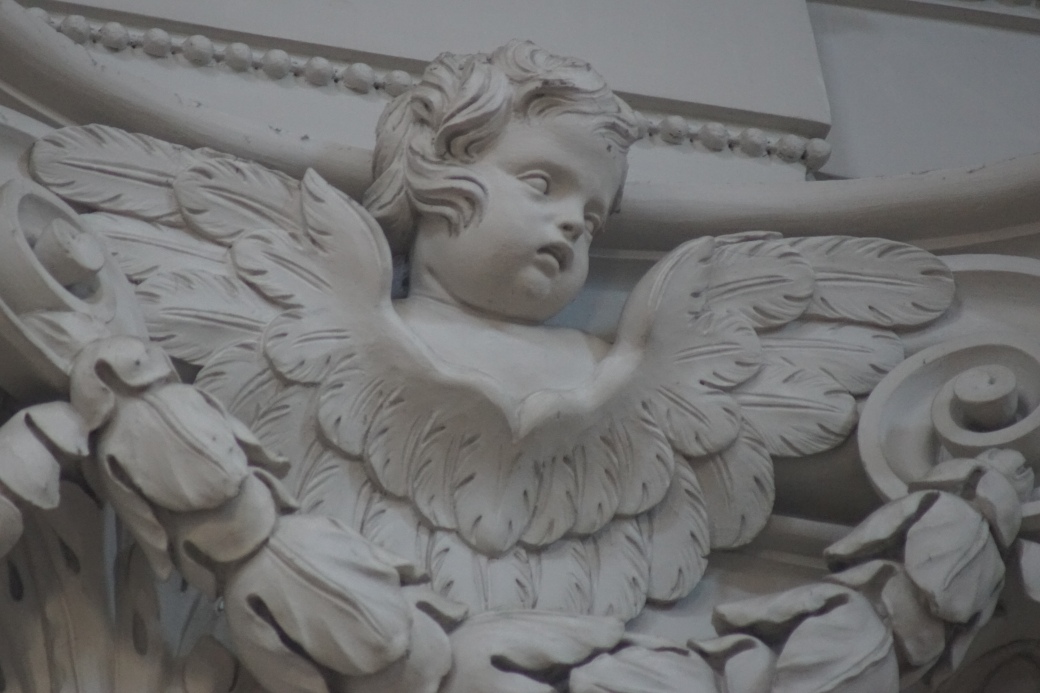
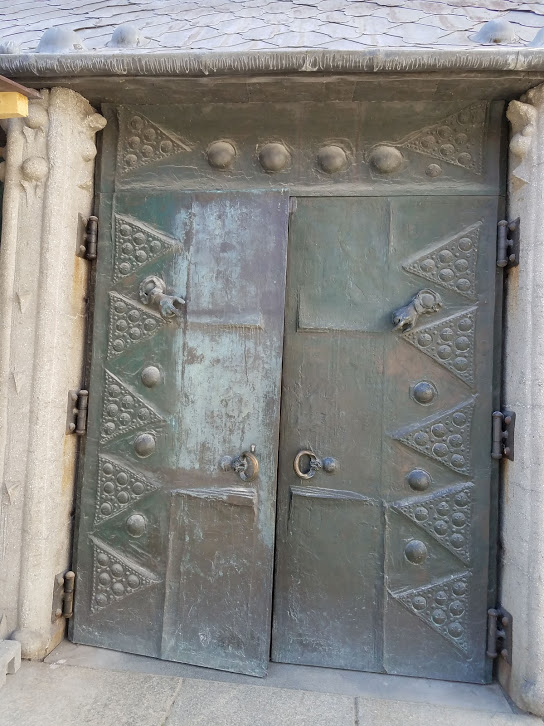
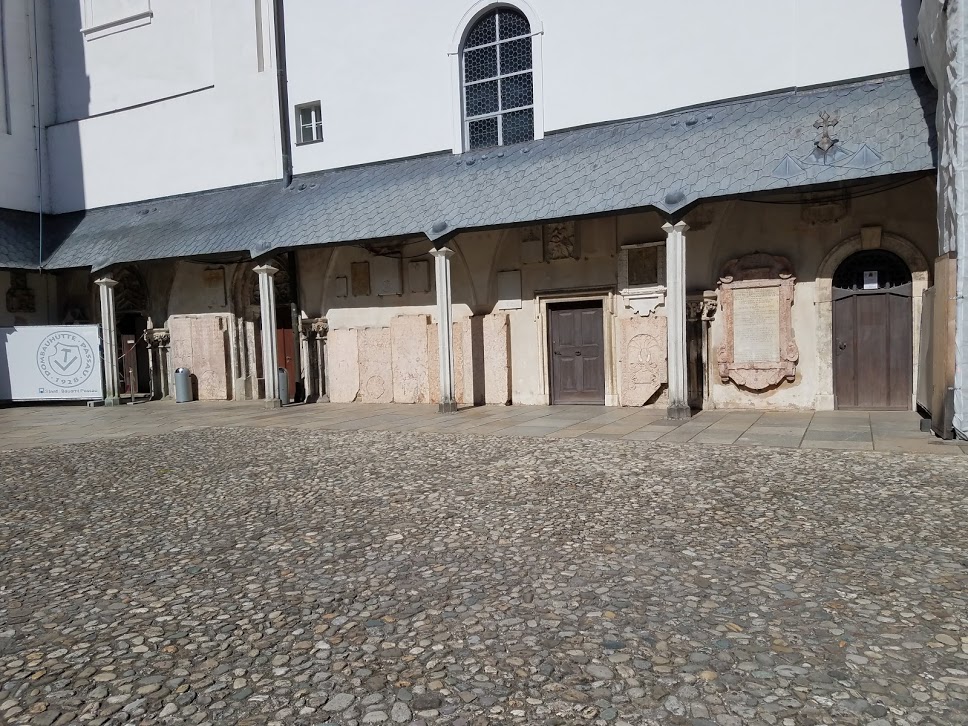
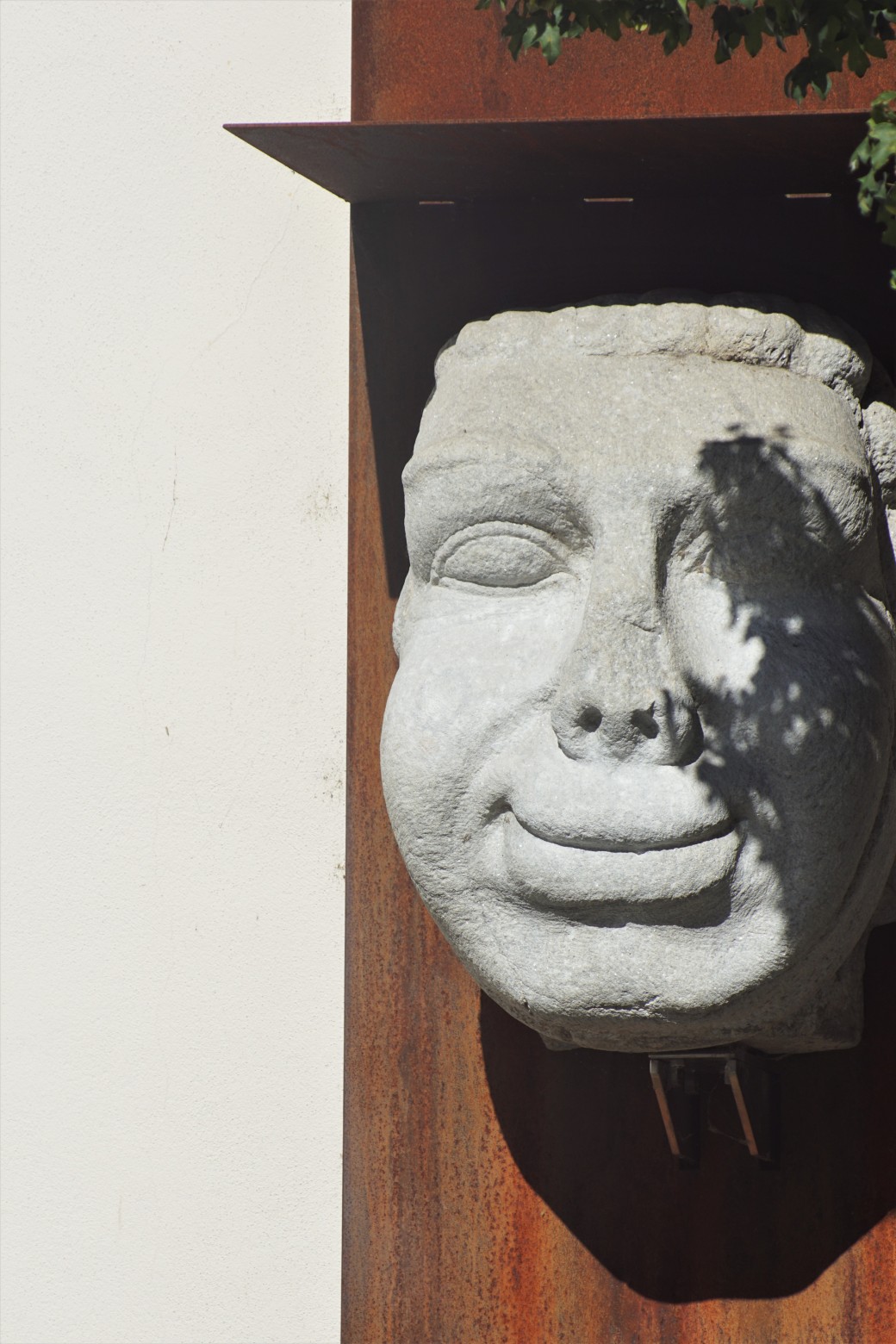







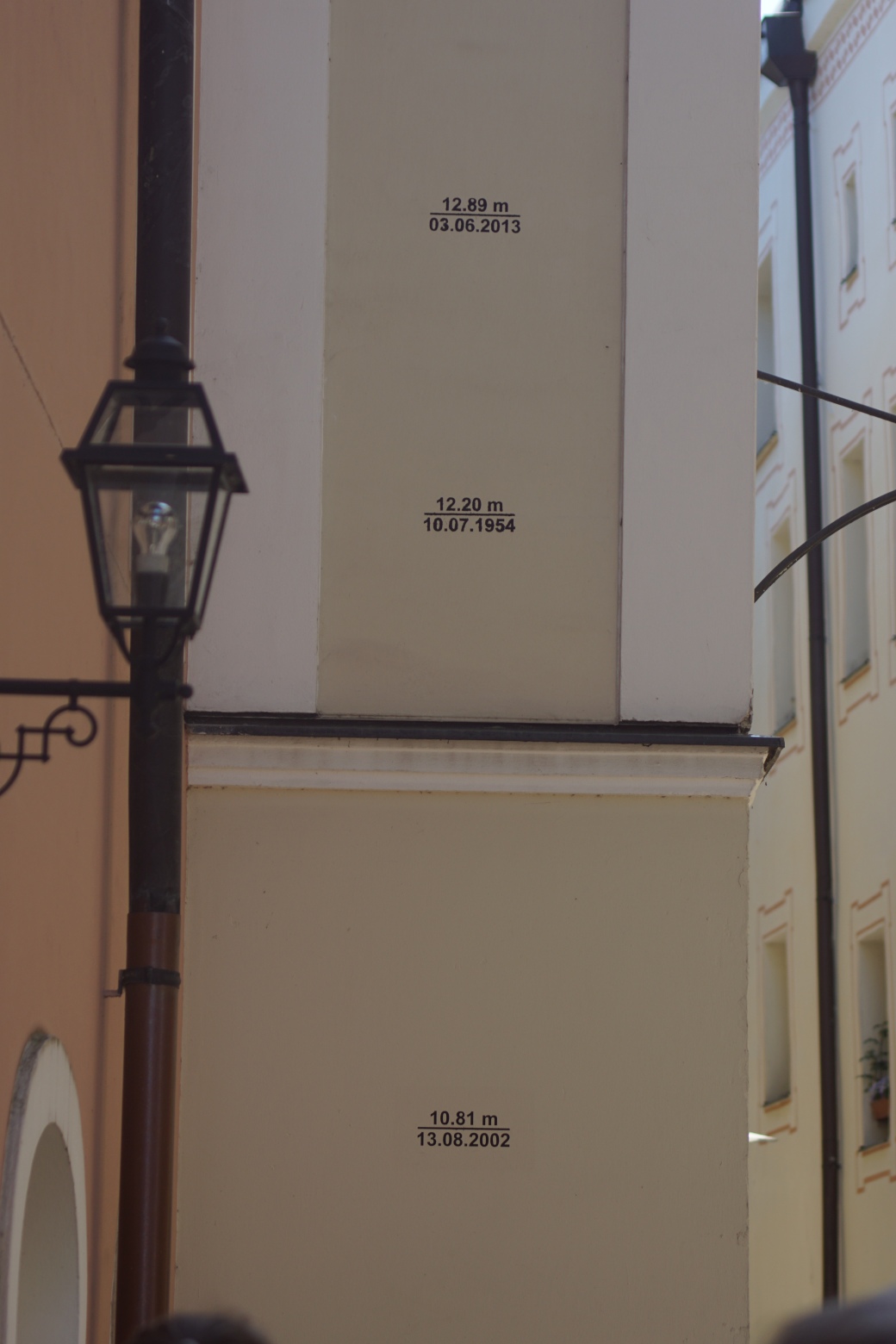


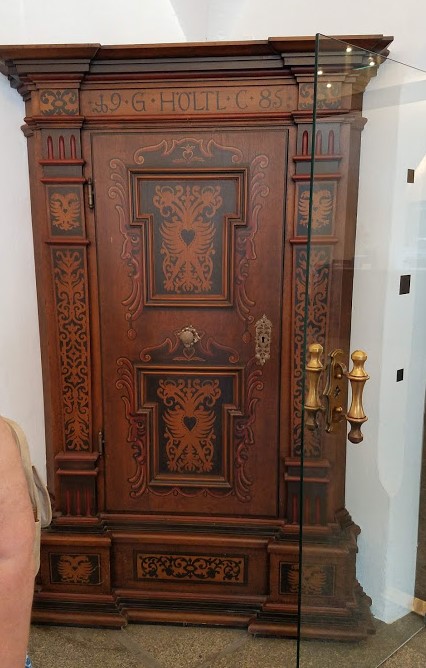
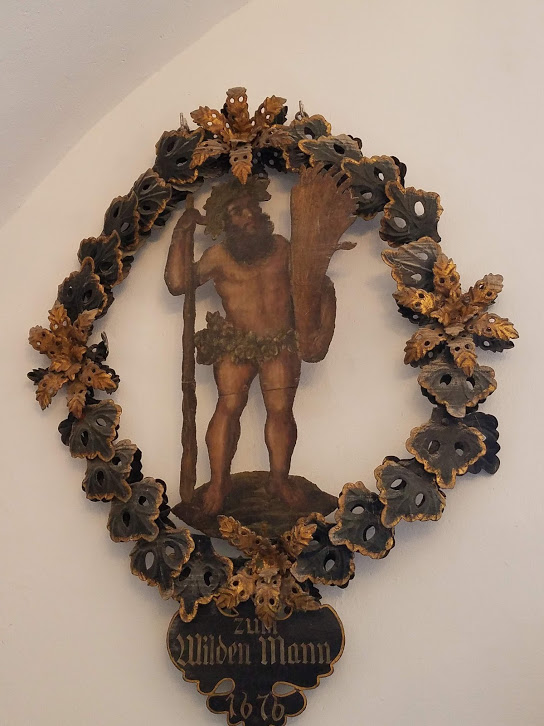




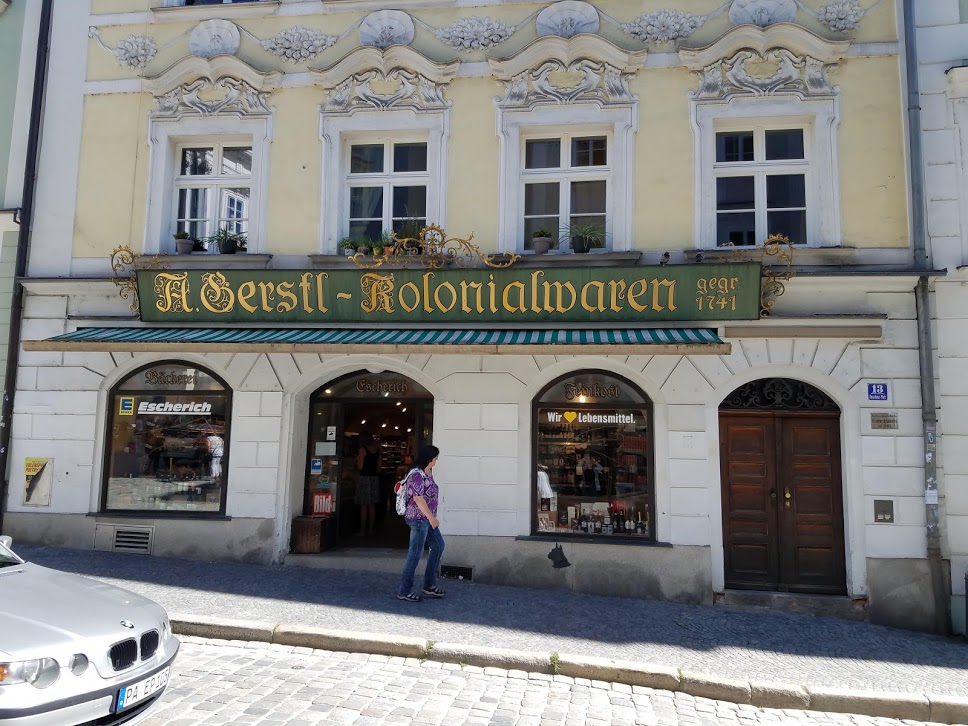



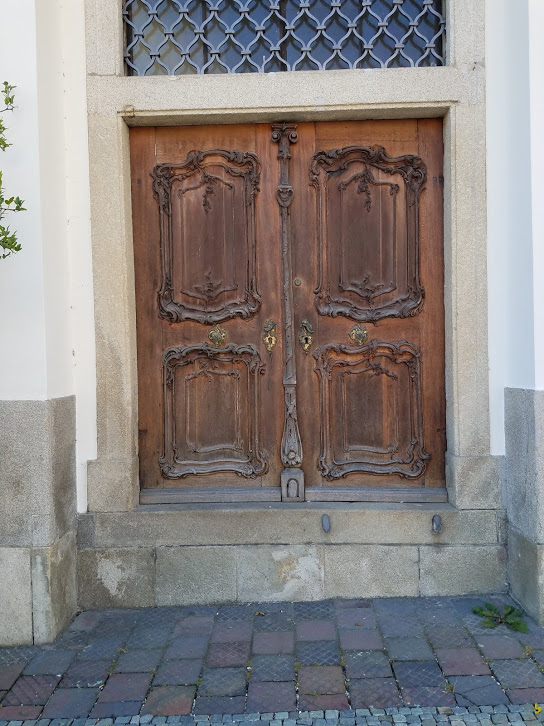
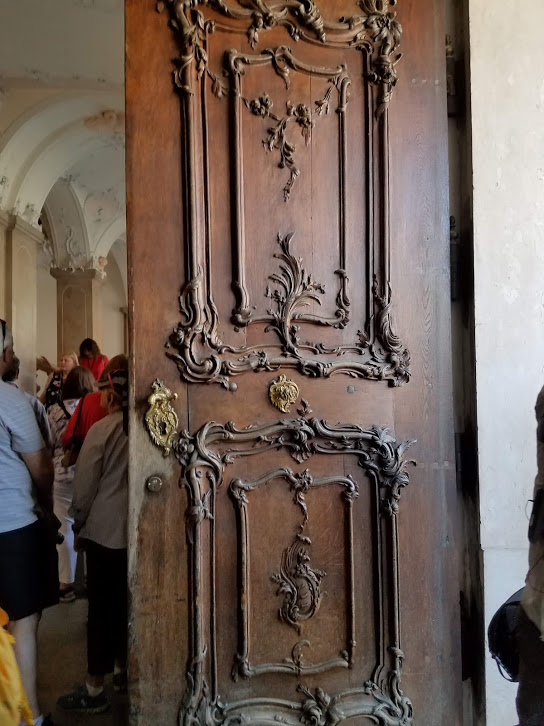
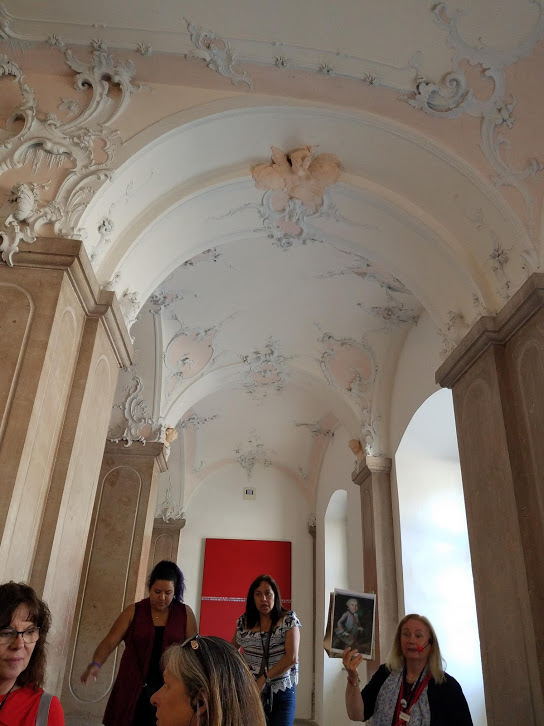
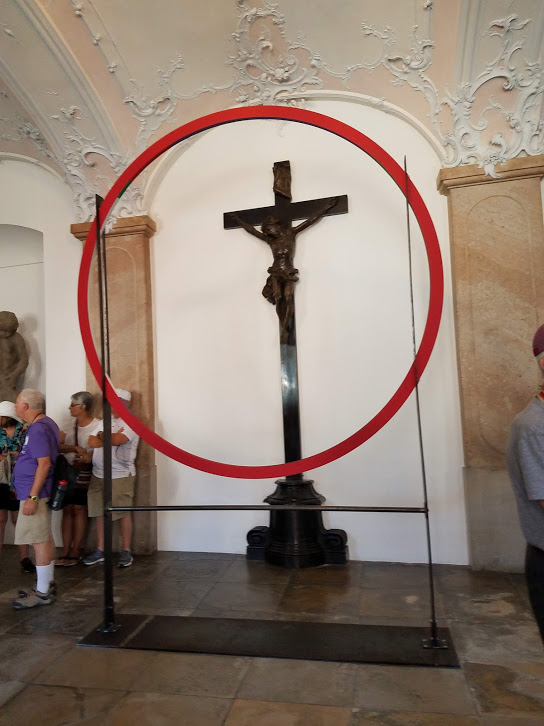
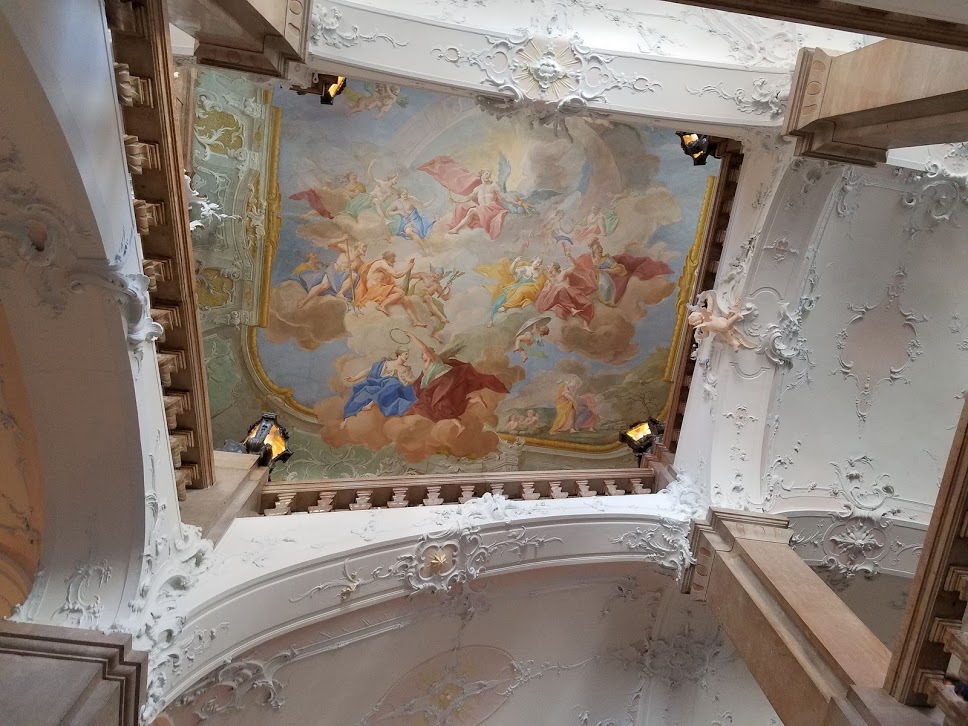

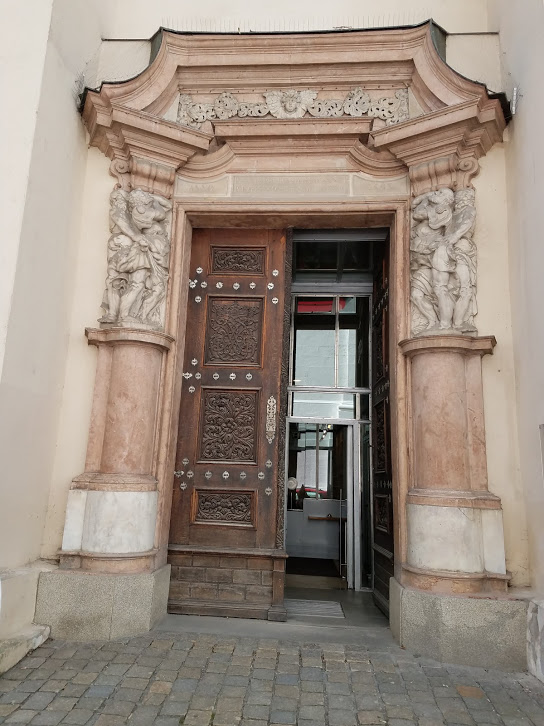




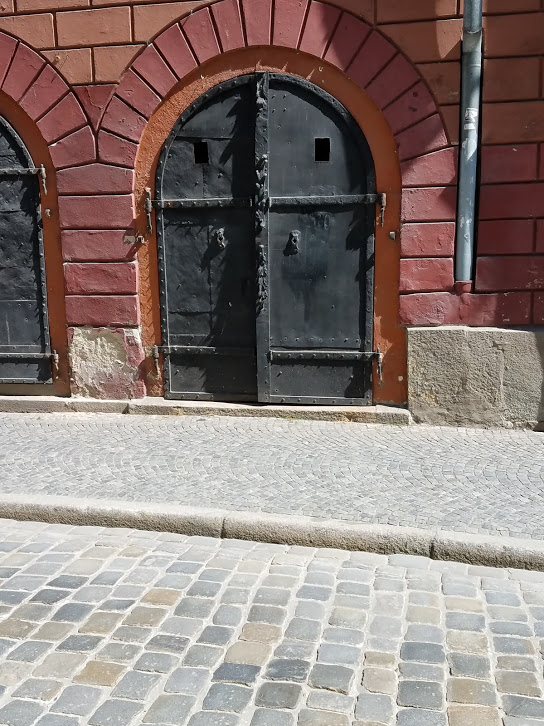
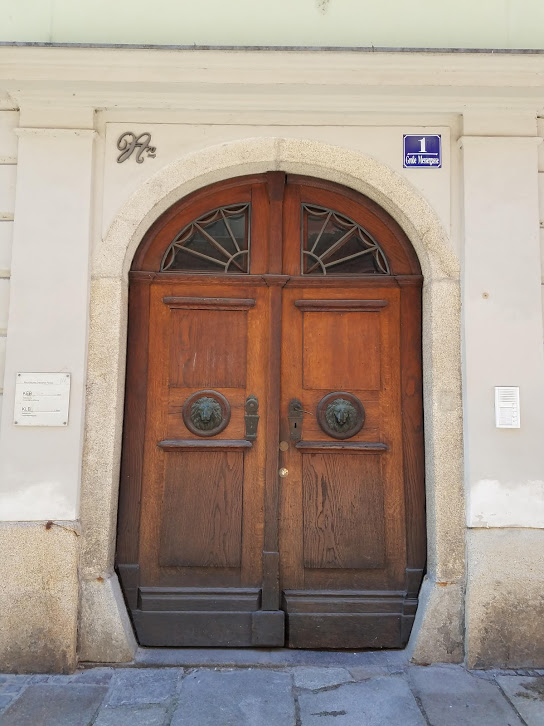


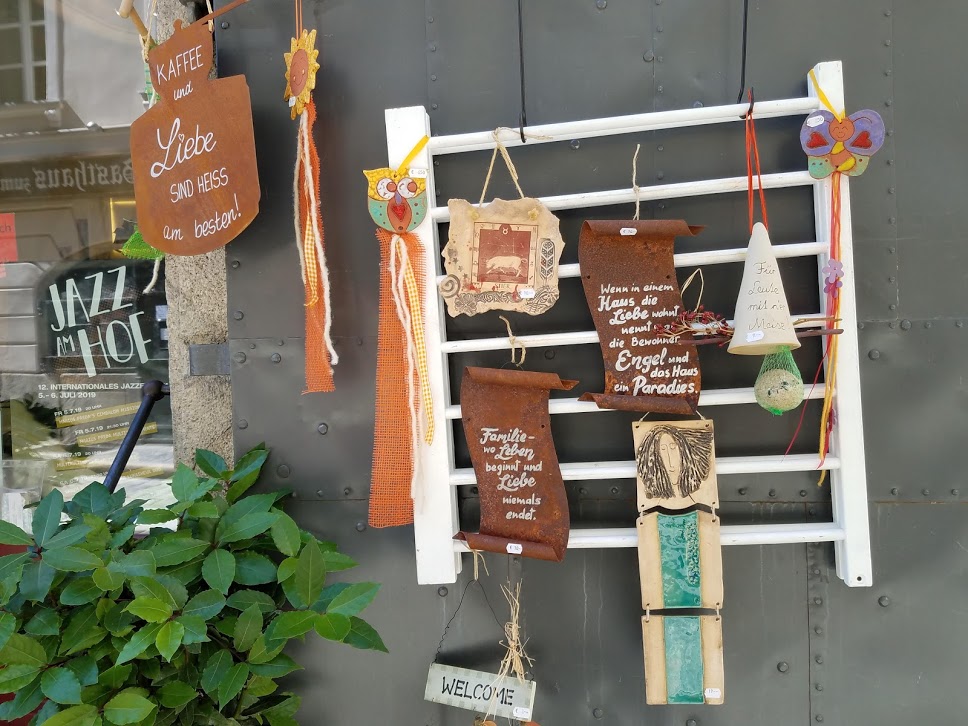 I found interesting that this shop door has a nativity scene above it.
I found interesting that this shop door has a nativity scene above it.